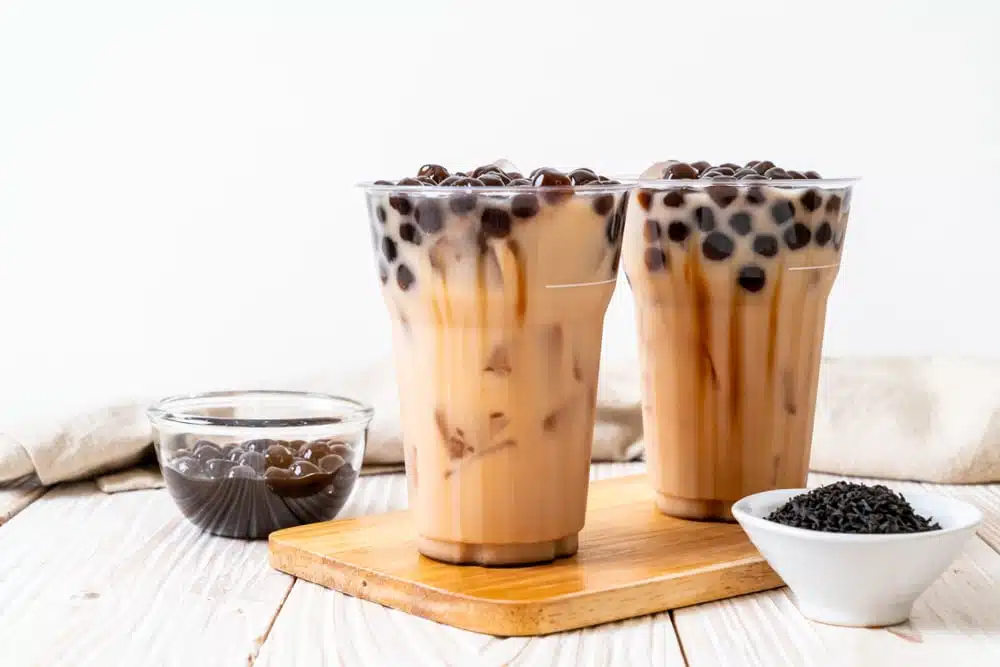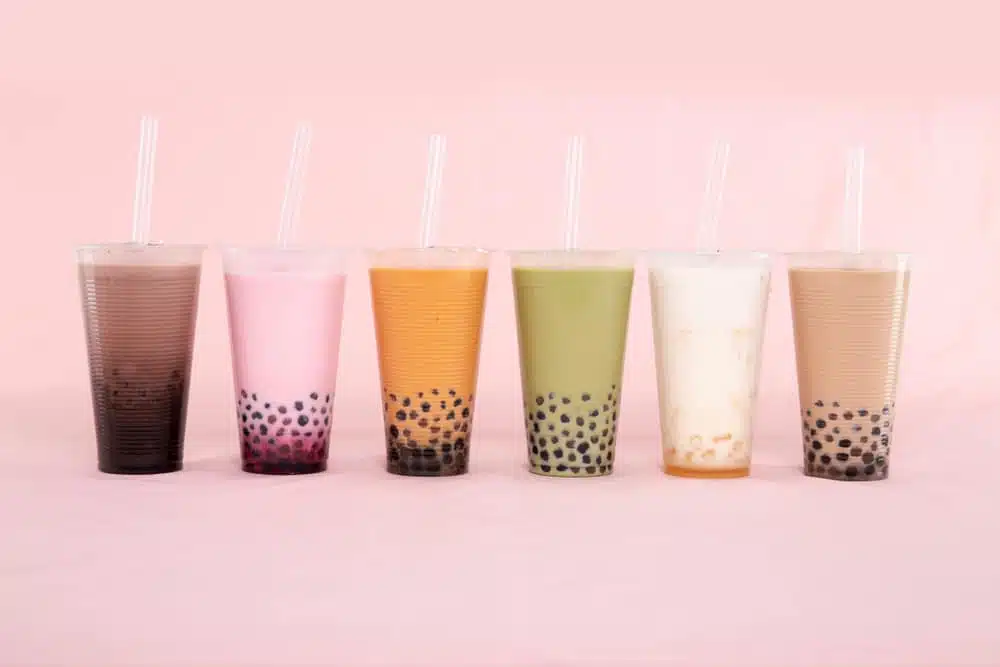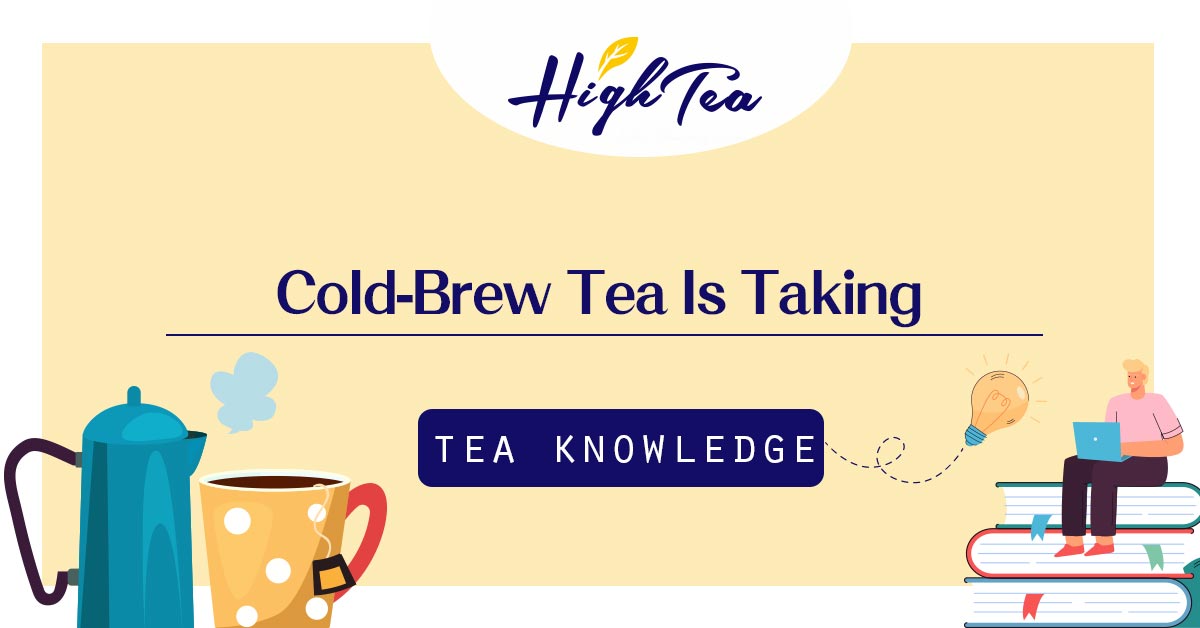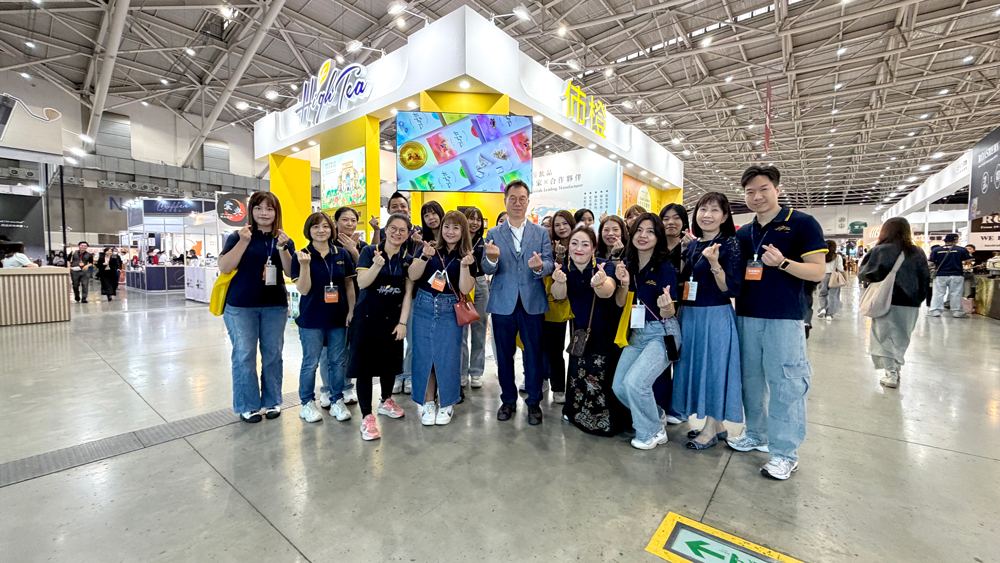Difference between Boba and Tapioca: Comparing Boba vs Popping Boba

In recent years, the global obsession with boba tea has reached new heights, captivating taste buds with its myriad flavors and textures. Among the diverse boba offerings, tapioca boba, popping boba, and crystal boba stand out as popular choices, each bringing its unique twist to the beloved beverage.
Boba vs Popping Boba: Understanding Boba Varieties
1. Tapioca Boba: The Classic Choice
From Taiwan in the 1980s, tapioca boba has become synonymous with the boba tea experience. These chewy spheres, typically made from tapioca starch extracted from the cassava root, add a delightful texture to drinks.
Commonly infused with flavors like honey, brown sugar, taro, golden, and white, tapioca boba offers a traditional yet satisfying taste sensation. Tapioca boba’s popularity can be attributed to its versatility. Whether paired with classic milk tea or more adventurous fruit flavors, tapioca boba adds a delightful chewiness that enhances the overall drinking experience.
2. Popping Boba: The Flavor Burst
Distinctive for its juice-filled centers that burst with flavor, popping boba adds a playful twist to boba tea. Encased in a thin, gel-like shell made from seaweed extract or similar substances, these colorful spheres come in various flavors, ranging from fruity to exotic. With each bite, expect an explosion of taste that complements the drink’s overall profile.
Popping boba’s versatility extends beyond traditional boba tea. It can also be used as a topping for frozen yogurt, ice cream, or cocktails, adding flavor and texture to various culinary creations.
3. Crystal Boba: The Clear Alternative
Crystal boba fits the bill for those seeking a more translucent option. These boba pearls, made from agar or a similar substance, boast a unique appearance and texture. While primarily infused with brown sugar flavor, crystal boba offers a subtle sweetness that enhances the tea-drinking experience.
Crystal boba’s creation process differs from traditional tapioca pearls. Instead of tapioca starch, crystal boba is made from agar, water, and sugar. This results in a bouncy and translucent texture that sets it apart from its tapioca counterpart.
Boba vs Popping Boba: Comparing Boba Types
1. Flavor Diversity
Popping boba steals the spotlight with its wide range of juice-filled flavors, providing excitement in every sip. In contrast, tapioca boba remains steadfast with its traditional tastes, while crystal boba focuses on brown sugar flavor.
The versatility of popping boba allows for endless flavor combinations, ranging from classic fruit flavors like strawberry and mango to more exotic options like lychee and passion fruit. This diversity in flavor options appeals to adventurous boba enthusiasts seeking new and exciting taste experiences.
2. Texture and Experience
Each boba variant offers a distinct texture and mouthfeel. Popping boba delights with its smooth, non-chewy consistency, whereas tapioca boba provides a satisfyingly chewy experience. Crystal boba falls somewhere in between, offering a less bouncy chewiness than tapioca.
Popping boba’s gel-like shell bursts upon contact with the teeth, releasing a burst of flavor that contrasts with the smooth texture of the tea. This unique texture adds a playful element to boba tea, enticing drinkers with each bite.
3. Preparation and Convenience
Regarding convenience, popping and crystal boba take the lead and are ready to use straight from the container. On the other hand, tapioca boba requires cooking, making it a more time-consuming option for both vendors and consumers.
Popping boba’s ready-to-use nature makes it convenient for boba shops and home enthusiasts. With no preparation required, popping boba can be easily added to drinks or used as a topping for various culinary creations.

The Evolution of Boba Varieties
As the popularity of boba tea has grown, so has the variety of boba offerings available to consumers. In addition to traditional tapioca pearls, popping boba, and crystal boba, innovative boba artisans have introduced new and exciting toppings and add-ins to elevate the boba experience even further.
One such innovation is cheese foam—a creamy, savory topping that adds a luxurious flavor and texture to boba tea. Originally popularized in Taiwan, cheese foam has since become a global sensation, with boba enthusiasts flocking to specialty shops to indulge in this decadent treat.
Another emerging trend in boba tea is incorporating fresh fruit and herbal infusions. From watermelon to lychee to basil, boba shops experiment with a wide range of natural flavors and ingredients to create refreshing and health-conscious beverages catering to a diverse clientele.
The Boba Revolution: Beyond the Tea Shop
In recent years, the boba craze has transcended the confines of traditional tea shops, permeating various aspects of popular culture and consumer trends. Boba-themed merchandise, including clothing, accessories, and home decor, has become increasingly popular among millennials and Gen Z, reflecting the drink’s status as a cultural phenomenon.
Moreover, boba has inspired culinary innovation beyond the realm of beverages, with chefs and food entrepreneurs incorporating boba pearls and other boba-inspired ingredients into a wide range of dishes and desserts. From boba-filled pastries to boba-infused ice cream, the possibilities for culinary creativity are endless, offering a fresh and exciting twist on traditional favorites.
The Future of Boba: Innovation and Sustainability
As boba continues to capture consumers’ hearts and taste buds worldwide, the industry’s future looks bright with ongoing innovation and a growing emphasis on sustainability. In response to concerns about single-use plastics and environmental impact, many boba shops are exploring eco-friendly alternatives, such as compostable cups and biodegradable straws, to minimize their carbon footprint and promote responsible consumption.
Additionally, boba artisans continually push the boundaries of creativity, experimenting with new flavors, textures, and techniques to surprise and delight their customers. Whether it’s the introduction of innovative toppings, developing novel brewing methods, or exploring exotic flavor combinations, the world of boba tea is ripe with possibilities for exploration and discovery.
Boba vs Popping Boba: Conclusion
In conclusion, boba tea’s rise to global prominence is a testament to its irresistible combination of flavor, texture, and cultural significance. From its humble origins in Taiwan to its status as a beloved beverage enjoyed by millions worldwide, boba tea has transcended boundaries and captured the imagination of people from all walks of life.
As we continue to celebrate boba tea’s diversity and innovation, let us also reflect on its cultural heritage and the sense of community and connection it fosters among enthusiasts worldwide.
Whether you prefer the chewy goodness of tapioca boba, the flavor burst of popping boba, or the subtle sweetness of crystal boba, there’s no denying the enduring appeal of this iconic drink. So, the next time you’re craving a refreshing pick-me-up, why not treat yourself to a delicious cup of boba tea and join the global boba revolution? Click here to learn more!




